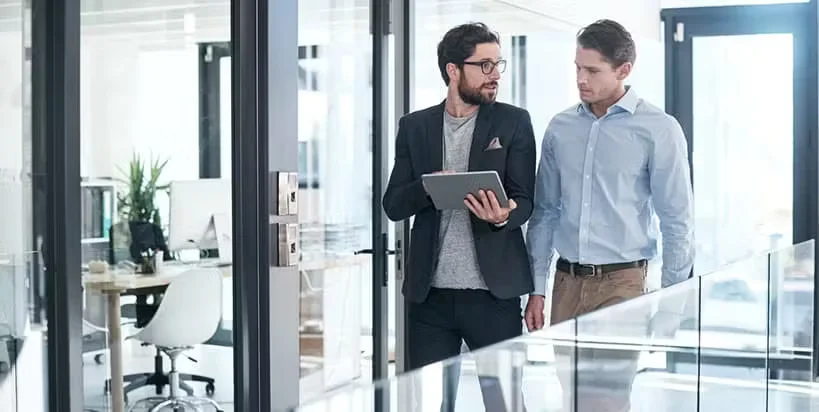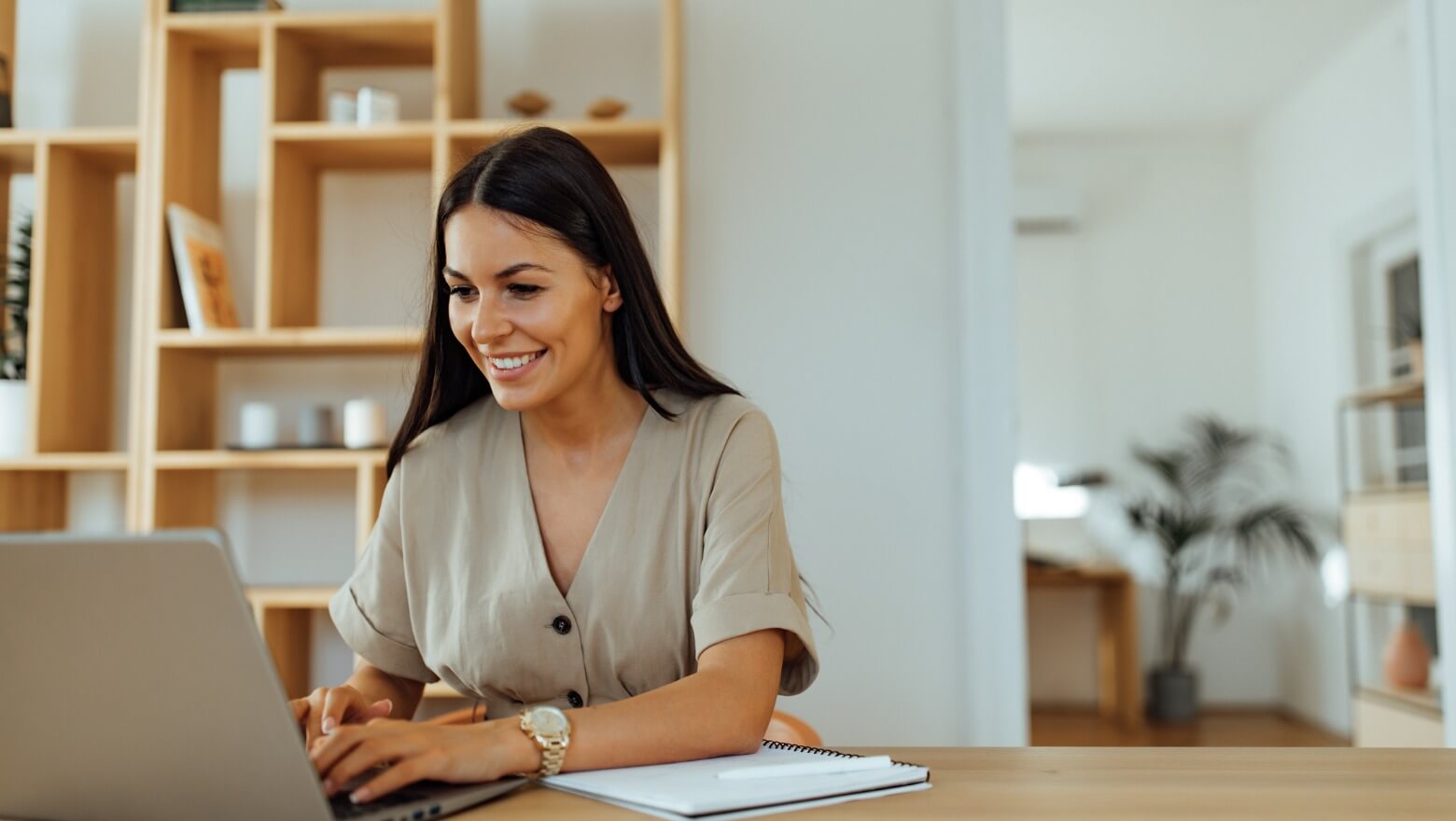The relationship between technology and creativity has entered a new phase with the advent of the AI art generator. This tool is not just a new gadget; it’s a partner for artists, reshaping the art world by blending traditional artistry with cutting-edge technology.
Defining the AI-Artist Partnership
The partnership between AI and artists is based on a collaborative model where human creativity and machine intelligence contribute to the creative process. AI art generators can analyze vast quantities of visual data, learn styles, and apply these to generate new artworks. This allows artists to explore new creative territories without abandoning their unique artistic voice.
In practice, artists use AI to enhance their capabilities, not replace them. They input their ideas, and the AI provides variations and interpretations that might not be immediately obvious to human intuition. This partnership can create innovative works that reflect the artist’s original intent.
Expanding Creative Possibilities
AI opens up a realm of possibilities that were previously unimaginable. Artists can now work with complex algorithms to create visuals that would be too time-consuming or difficult to produce by hand. For instance, AI can easily simulate physical phenomena or intricate patterns, allowing artists to seamlessly incorporate such elements into their work.
AI can work with data from various sources to create a hybrid style or innovate entirely new visual expression forms. This capability makes the art more diverse and more inclusive of different cultural aesthetics that might not be as accessible to all artists.
Streamlining Artistic Production
One significant advantage of AI in art is its ability to streamline the production process. Artists can leverage AI tools to handle certain aspects of their work, such as rendering detailed backgrounds or testing color schemes, which frees up more time for conceptual development and experimentation.
AI can quickly generate prototypes or multiple versions of a piece, allowing artists to evaluate different choices before finalizing their artwork. This not only speeds up the creation process but also enhances the quality of the final product by allowing for thorough exploration and refinement.
Enhancing Learning and Access
AI technology also plays a crucial role in education and access within the art community. Emerging artists can use AI as a learning tool, experimenting with different styles and techniques without the need for extensive resources. This democratizes art education, making it more accessible to individuals from various backgrounds.
AI can help artists with physical limitations that make traditional art-making challenging. By using voice commands or minimal physical interaction, artists can direct AI to carry out their visions, ensuring that everyone has the opportunity to express themselves through art.
Navigating Ethical and Practical Challenges
Integrating AI into art raises several ethical and practical challenges despite its benefits. The question of authenticity and originality in AI-generated art is a primary concern. Artists and audiences ponder whether an artwork can be considered “authentic” if created with significant AI involvement.
There are practical concerns about the economic impact on artists, particularly regarding the valuation of AI-assisted artworks in the commercial market. The art community needs to develop standards and practices that address these issues, ensuring fair recognition and compensation for artists working with AI.
Adobe states, “AI art generators let anyone who can enter text make original images. No matter your skill level with sketching, painting, or drawing, you can type a prompt to create an AI-generated image.”
The partnership between AI and artists transforms the art world, offering new creation, learning, and expression tools. This collaboration is not about replacing human creativity with technology but enhancing and extending the artistic process. As we continue to explore this dynamic relationship, it will undoubtedly bring forth new forms of art that challenge and enrich our understanding of creativity.




0 Comments